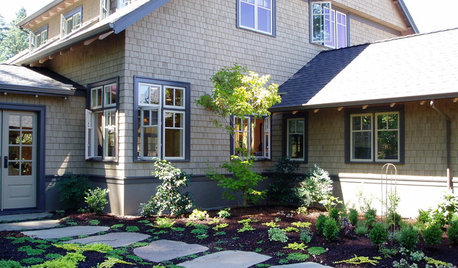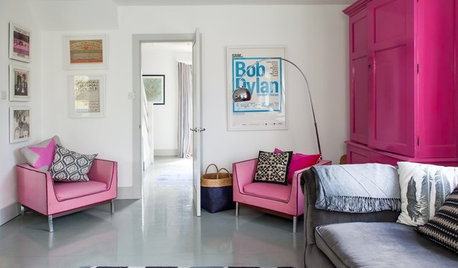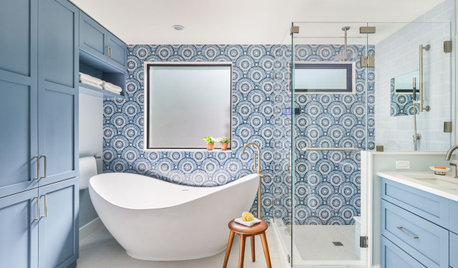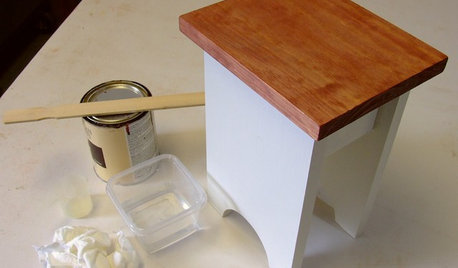How to identify/match stain colors?
djenyc
10 years ago
Related Stories

KITCHEN CABINETSKitchen Confidential: 7 Ways to Mix and Match Cabinet Colors
Can't decide on a specific color or stain for your kitchen cabinets? You don't have to choose just one
Full Story
GARDENING FOR BIRDSBackyard Birds: How to Identify Two Common Woodpeckers
Downy and hairy woodpeckers have similar coloration and behavior. But there are two big differences that separate them
Full Story
COLOR11 Terrific Paint Color Matches for Wood Details
Pair your wood trim and cabinets with the right shade of wall paint to bring out the beauty in both
Full Story
WINDOWSShould My Window Trim Match — or Contrast With — the Sash?
The short answer: It depends
Full Story
FURNITURECreative Ways to Mix and Match Your Sofas and Chairs
Pull together a personalized living room look with these ideas for combining colors, prints, textures and shapes
Full Story
BATHROOM DESIGN9 Tips for Mixing and Matching Tile Styles
Get acquainted with the basics of combining shapes, colors and finishes for a symphony of tiles
Full Story
KITCHEN DESIGN8 Stunning Stain Colors for Kitchen Cabinets
Transform raw wood for custom-looking cabinetry with a stain that fills your need for color but lets the grain show through
Full Story
DIY PROJECTSCool Tip: Mimic Stain With a DIY Color Wash
Get the look of an oil-based stain without all the bother, using this easy wash made with paint
Full Story
WINDOWSFlying Colors: Stained Glass Through the Ages to Today
Ancient palaces sported it. Monks were distracted by it. But today's stained glass designs may be more glorious than ever
Full Story
KITCHEN CABINETSKitchen Cabinet Color: Should You Paint or Stain?
Learn about durability, looks, cost and more for wooden cabinet finishes to make the right choice for your kitchen
Full Story









User
lazy_gardens
Related Professionals
East Saint Louis Cabinets & Cabinetry · Eureka Cabinets & Cabinetry · Central Cabinets & Cabinetry · Franconia Carpenters · Easton Flooring Contractors · Eastvale Flooring Contractors · Everett Flooring Contractors · Kalispell Flooring Contractors · San Rafael Flooring Contractors · Swansea Flooring Contractors · Alum Rock Flooring Contractors · Norwalk Furniture & Accessories · Rochester Furniture & Accessories · Wichita Furniture & Accessories · Irmo Furniture & Accessoriesrwiegand
User
djenycOriginal Author